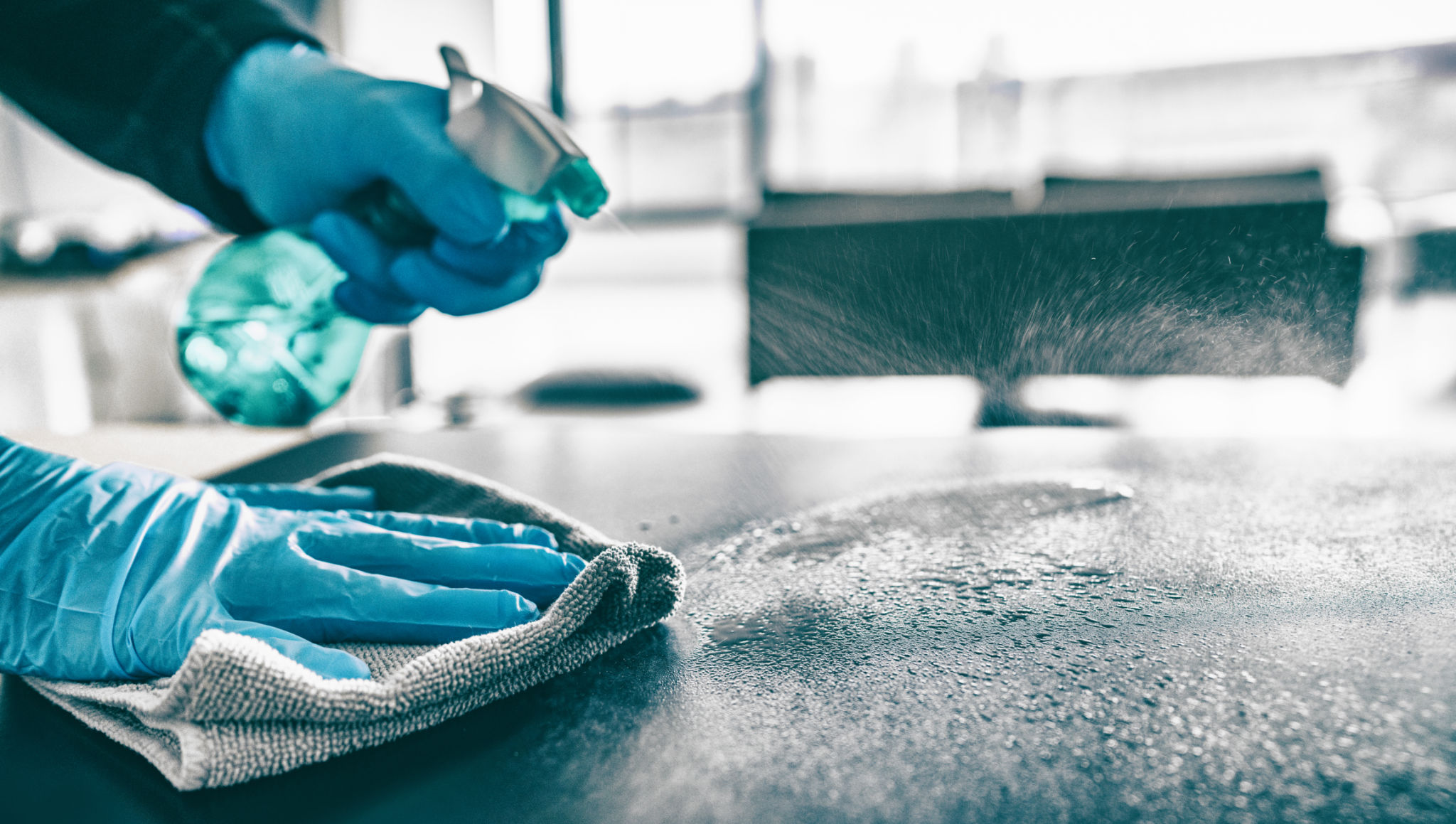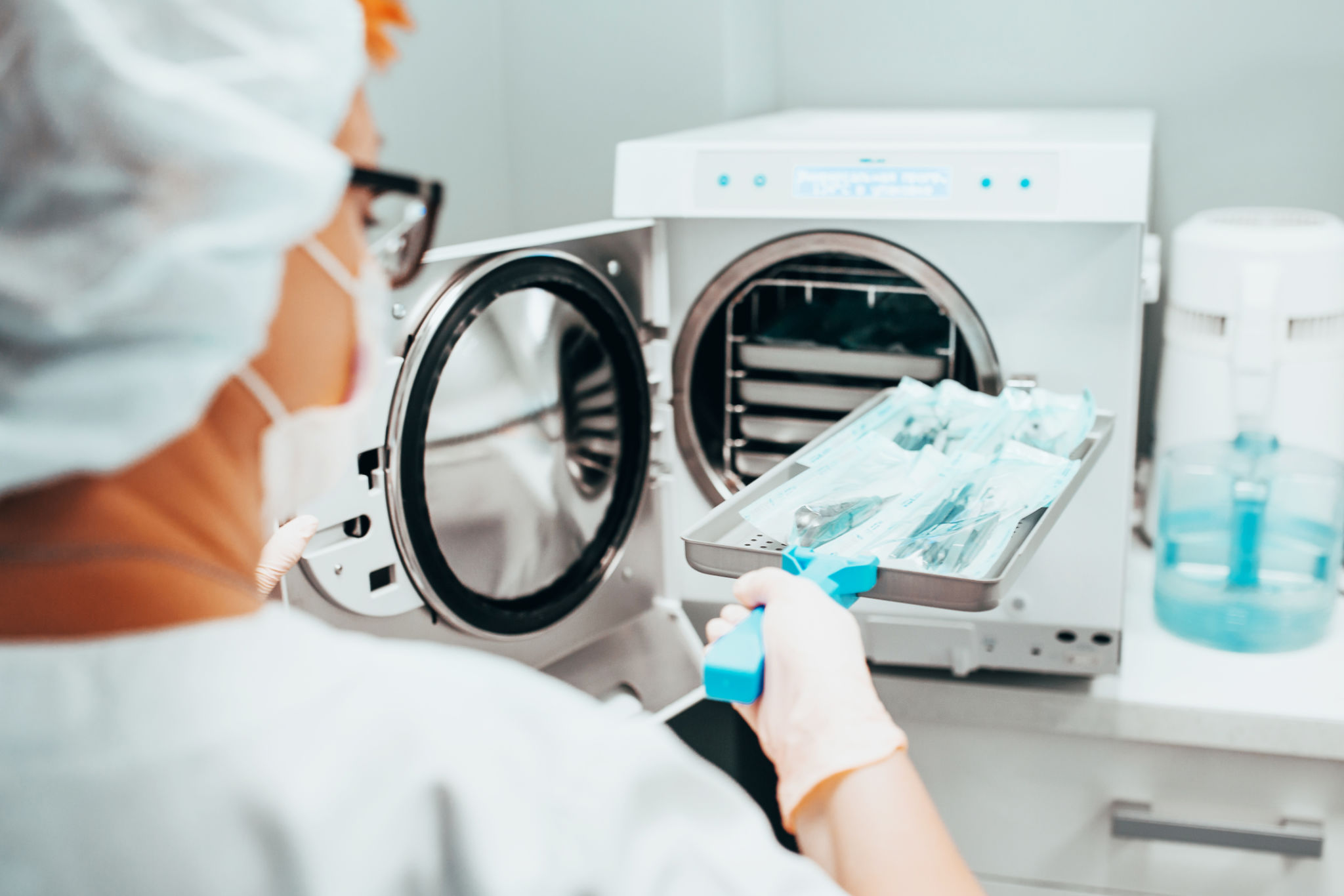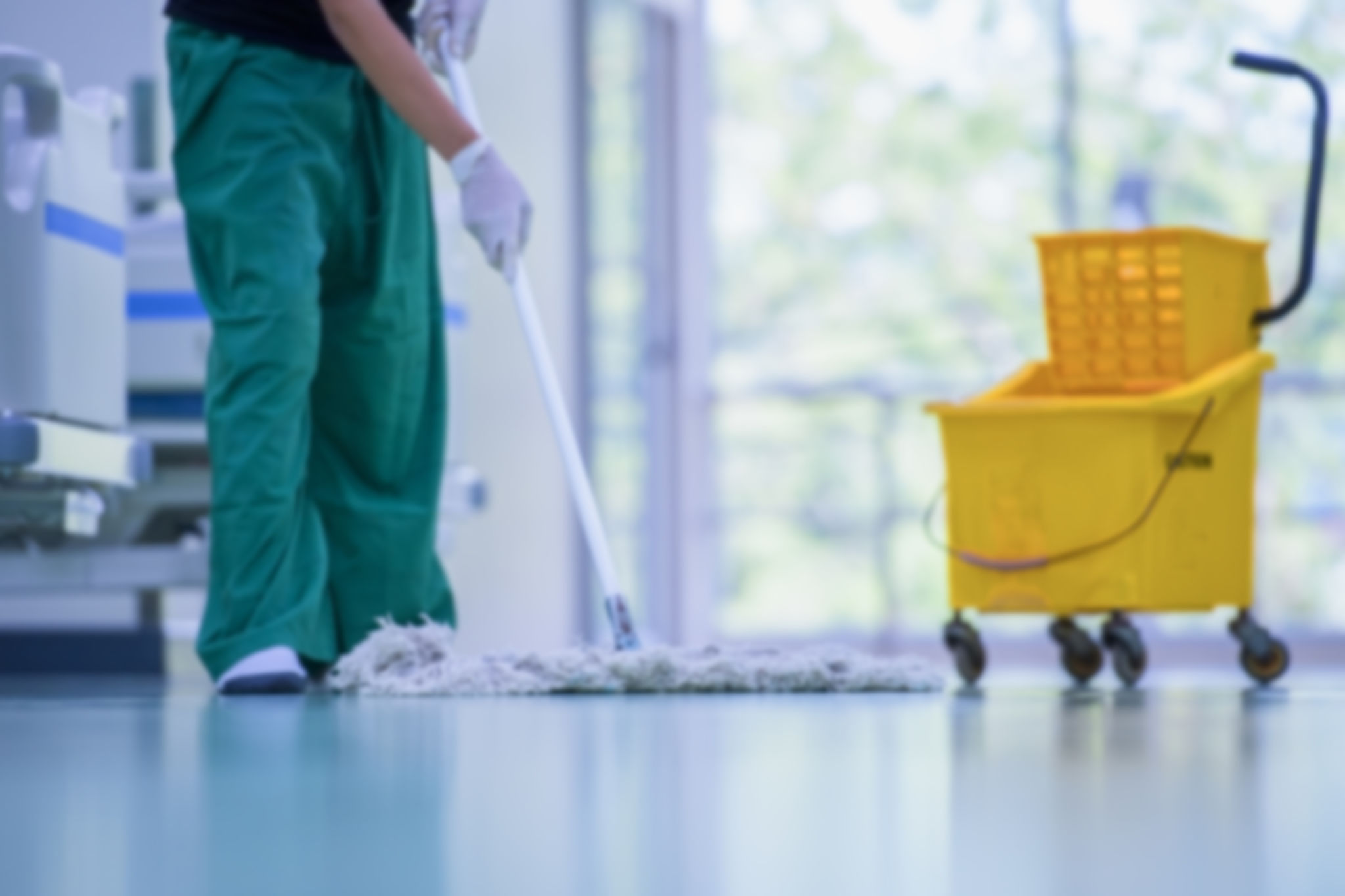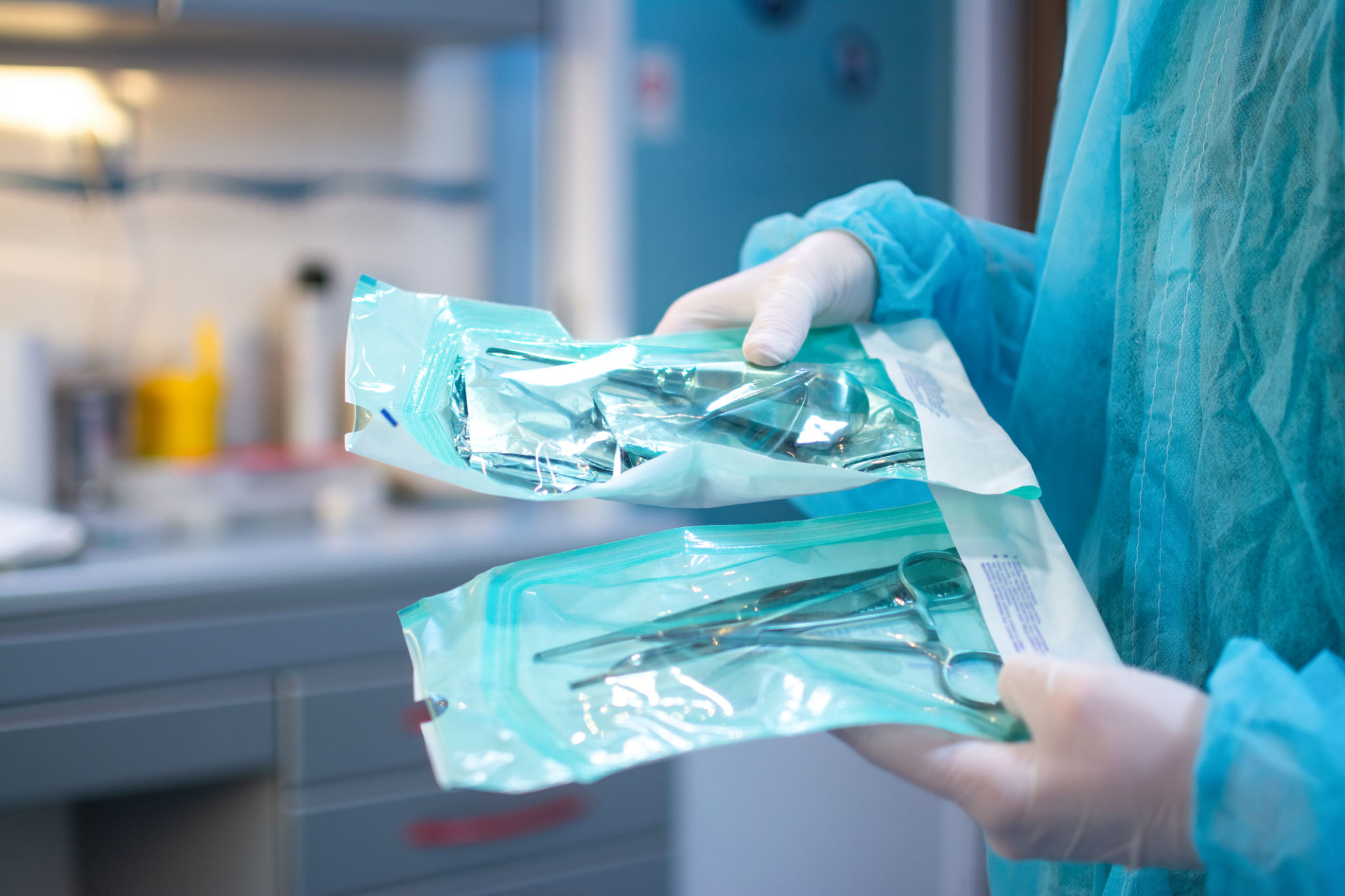Common Misconceptions About Equipment Sterilization Services Debunked
Understanding Equipment Sterilization Services
When it comes to maintaining cleanliness and safety in medical and industrial environments, equipment sterilization is a crucial process. However, there are numerous misconceptions surrounding sterilization services that can lead to ineffective practices or unnecessary concerns. In this blog post, we aim to debunk some of the most common misconceptions about equipment sterilization services.

Misconception 1: Sterilization and Cleaning Are the Same
A common misunderstanding is that sterilization and cleaning are interchangeable terms. In reality, cleaning is the process of removing visible dirt and debris from equipment, whereas sterilization refers to the complete elimination of all microorganisms, including bacteria, viruses, and spores. Effective sterilization requires specialized methods and equipment to ensure that all pathogens are eradicated.
Misconception 2: All Sterilization Methods Are Equally Effective
Another prevalent misconception is that any sterilization method will provide the same level of effectiveness. However, different methods are suited to different types of equipment and materials. For instance, autoclaving is highly effective for metal instruments, while gas sterilization may be better for heat-sensitive materials. Understanding the best method for each application is crucial to ensure optimal results.

Misconception 3: Sterilized Equipment Stays Sterile Indefinitely
Many believe that once equipment is sterilized, it remains sterile indefinitely. The truth is that sterility can be compromised if items are not stored properly. Environmental factors like humidity and temperature can affect sterility, as can handling by ungloved hands. Proper packaging and storage conditions are essential to maintaining sterility until the equipment is needed.
Misconception 4: DIY Sterilization at Home Is Sufficient
Some individuals attempt to sterilize equipment at home using household methods like boiling water or using disinfectants. These methods may not reach the necessary temperature or chemical concentration to achieve true sterilization. Professional equipment sterilization services use validated processes that comply with industry standards to ensure thorough decontamination.

Misconception 5: Sterilization Is Only Necessary for Medical Equipment
While medical equipment certainly requires rigorous sterilization, it is not the only field where this is necessary. Industries such as food processing, pharmaceuticals, and even tattoo parlors require strict sterilization protocols to prevent contamination and ensure safety. Understanding the importance of sterilization across various sectors highlights its critical role in public health.
Misconception 6: Sterilization Services Are Too Expensive
Cost is often cited as a reason for avoiding professional sterilization services. However, the potential risks and liabilities associated with improper sterilization can far outweigh the investment in professional services. By utilizing trained professionals with access to advanced technology and processes, businesses can protect their customers and employees while ultimately saving money in the long run.

Conclusion: The Importance of Accurate Information
Understanding the nuances of equipment sterilization is essential for maintaining safety and effectiveness in various industries. By dispelling these common misconceptions, businesses and individuals can make informed decisions about sterilization services. Investing in professional sterilization not only ensures compliance with health standards but also contributes to overall safety and peace of mind.
If you have any further questions or need assistance with your sterilization needs, don't hesitate to reach out to a qualified professional who can guide you in choosing the right methods for your specific requirements.
